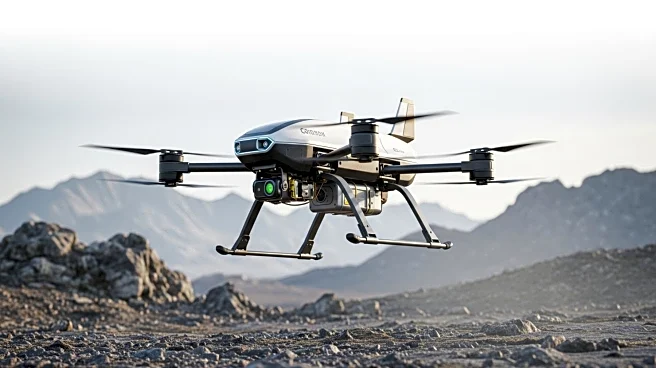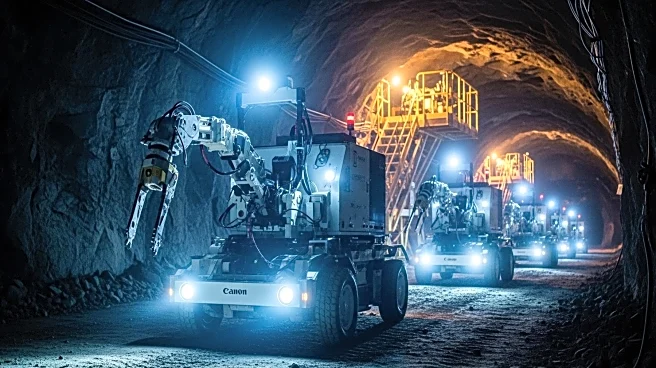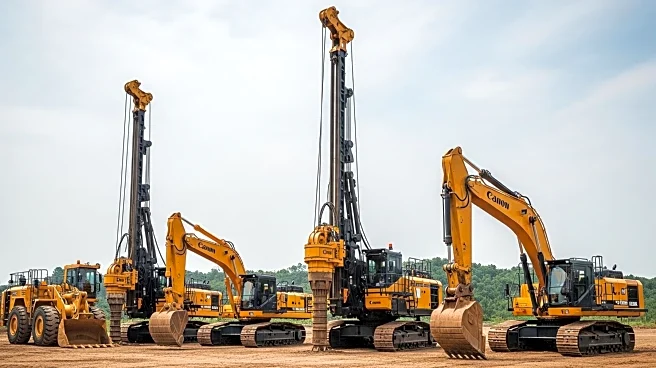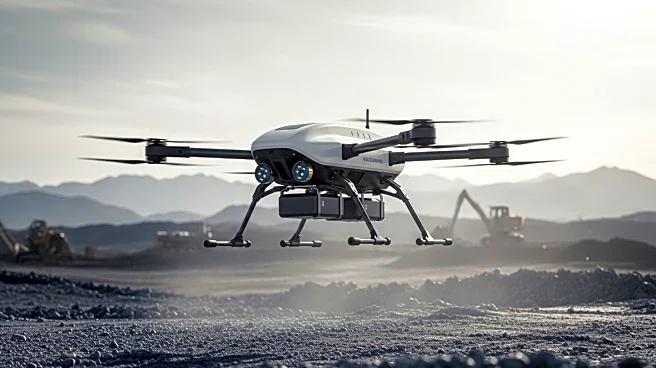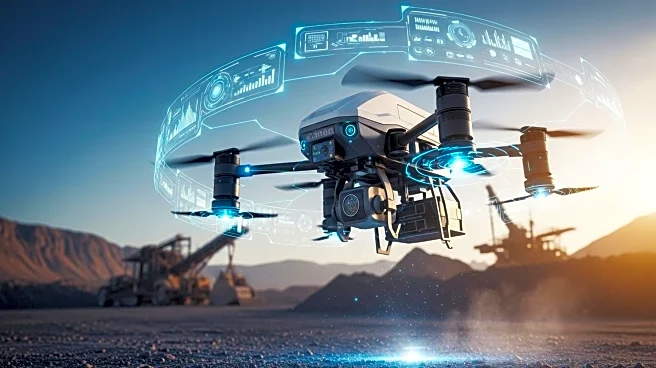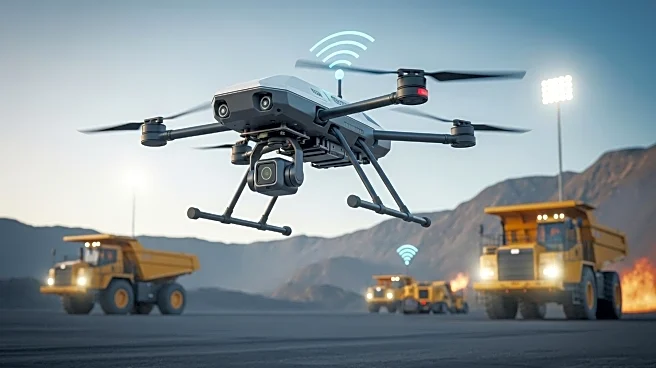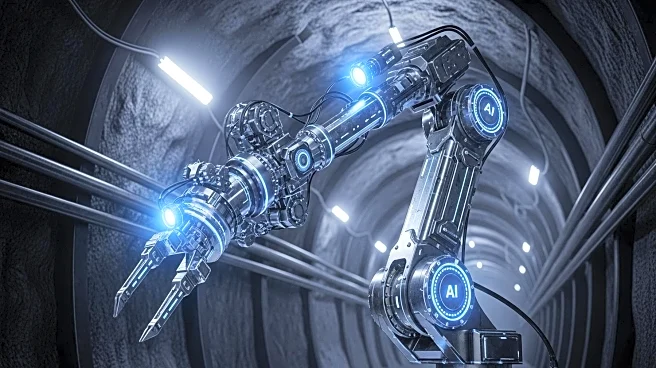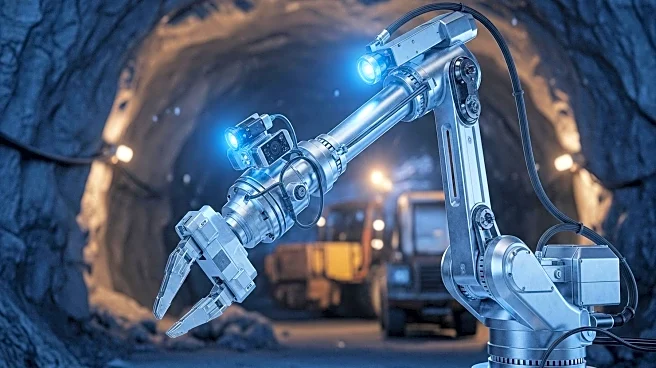What is the story about?
What's Happening?
Mining companies are increasingly turning to remote operations to address the challenges of extracting minerals from difficult-to-access locations. These operations utilize digital telecommunications, cameras, computer vision, and sensing systems to allow personnel to manage mining activities from afar. Remote mining is proving to be as efficient, if not more so, than traditional methods, while also enhancing safety by removing workers from hazardous environments. Despite these advantages, remote mining requires significant investment in robotics and automation, making it more feasible for large multinational corporations. Traditional mining, which involves on-site manpower and supervision, remains practical in certain situations due to its ability to provide detailed assessments and immediate responses to issues.
Why It's Important?
The shift towards remote mining operations is significant for the industry as it promises increased productivity, safety, and sustainability. By reducing the need for on-site personnel, companies can minimize risks associated with dangerous working conditions, such as ground falls and machine interactions. This transition also supports better work-life balance for workers, as they are less exposed to harsh environmental factors. Economically, remote mining can lead to substantial savings in energy costs, with autonomous vehicles using less fuel than traditional ones. The adoption of technologies like 5G networks further enhances operational efficiency, allowing for real-time oversight and control across multiple sites.
What's Next?
As remote mining technologies continue to evolve, companies are likely to invest more in automation and digital communications to further enhance efficiency and safety. The industry may see a gradual shift from traditional methods to remote operations, especially among larger corporations that can afford the necessary infrastructure. Smaller companies may continue to rely on legacy systems due to the prohibitive costs of transitioning. The ongoing development of technologies such as private 5G connections and automated vehicles will play a crucial role in shaping the future of mining operations.
Beyond the Headlines
The move towards remote mining operations raises ethical and environmental considerations. While these technologies improve safety and efficiency, they also require significant energy and resources to implement. The environmental impact of increased automation and digital infrastructure must be carefully managed to ensure sustainable practices. Additionally, the reduction in on-site personnel may affect local communities that rely on mining jobs, necessitating strategies to support workforce transitions.
AI Generated Content
Do you find this article useful?
